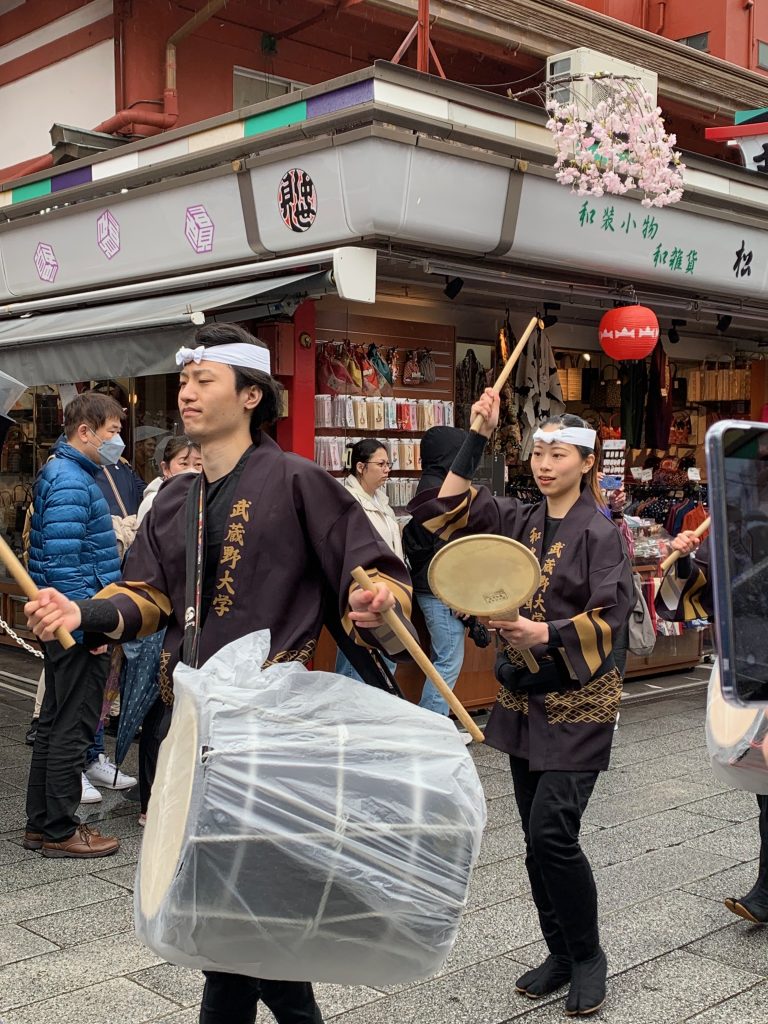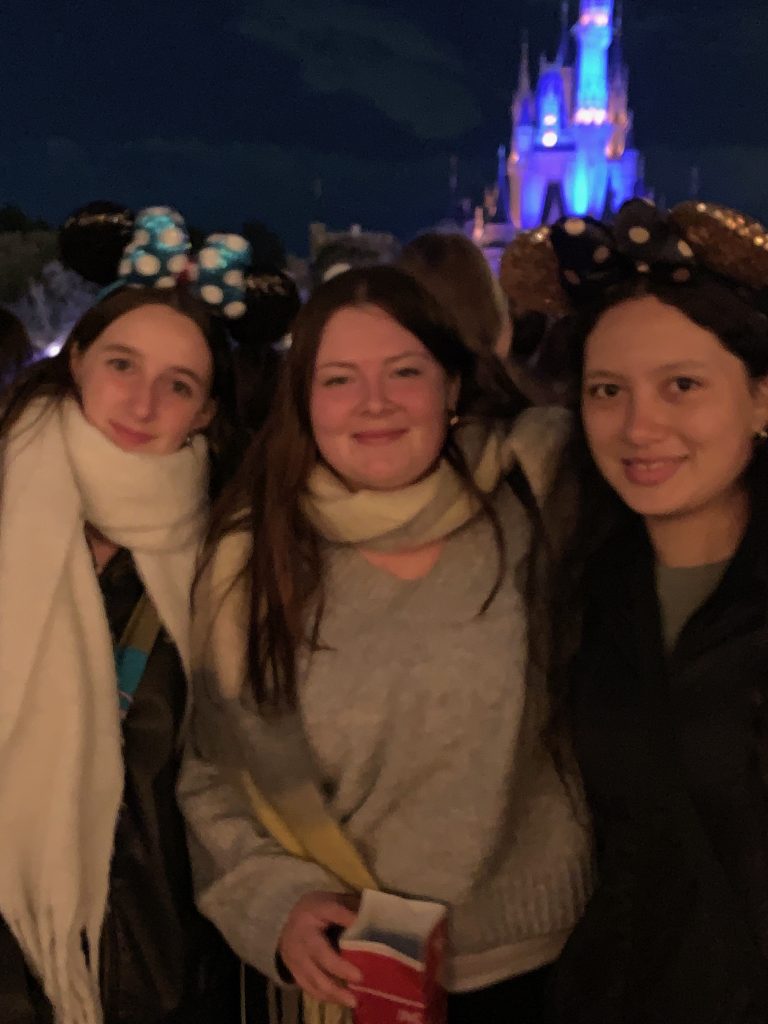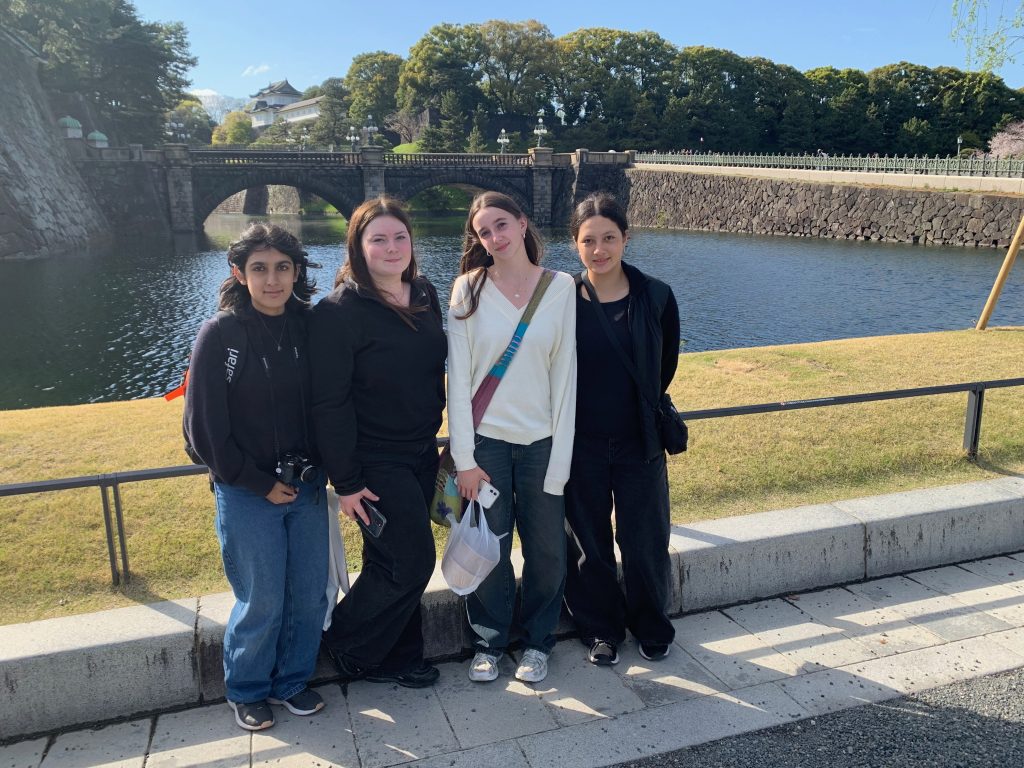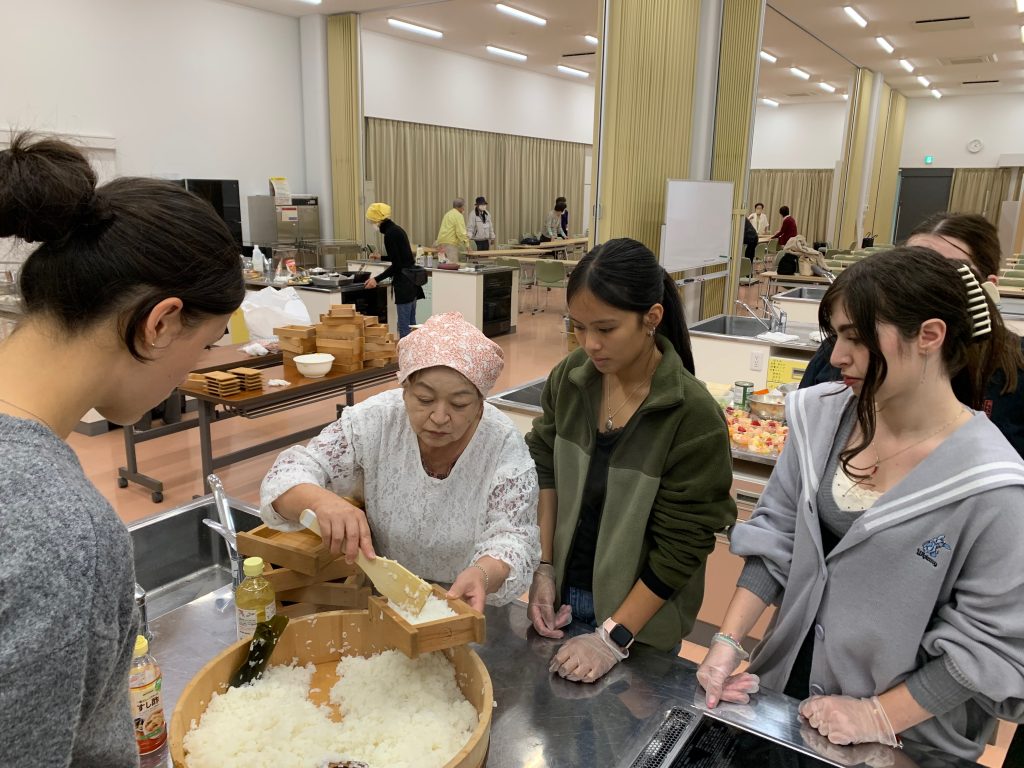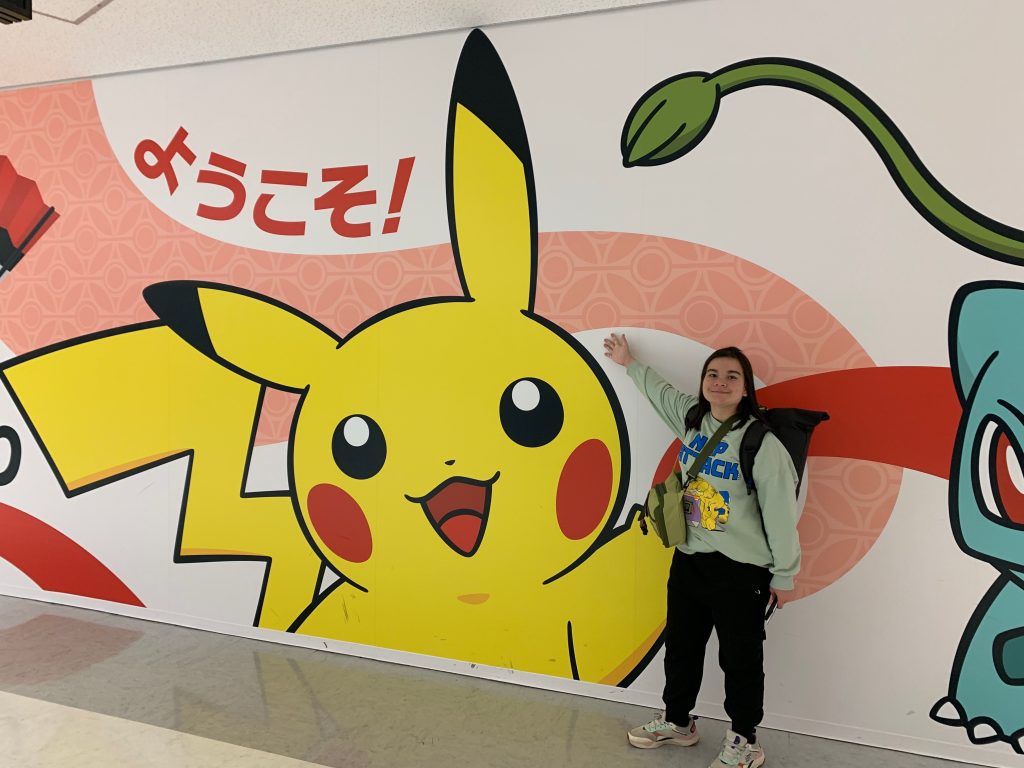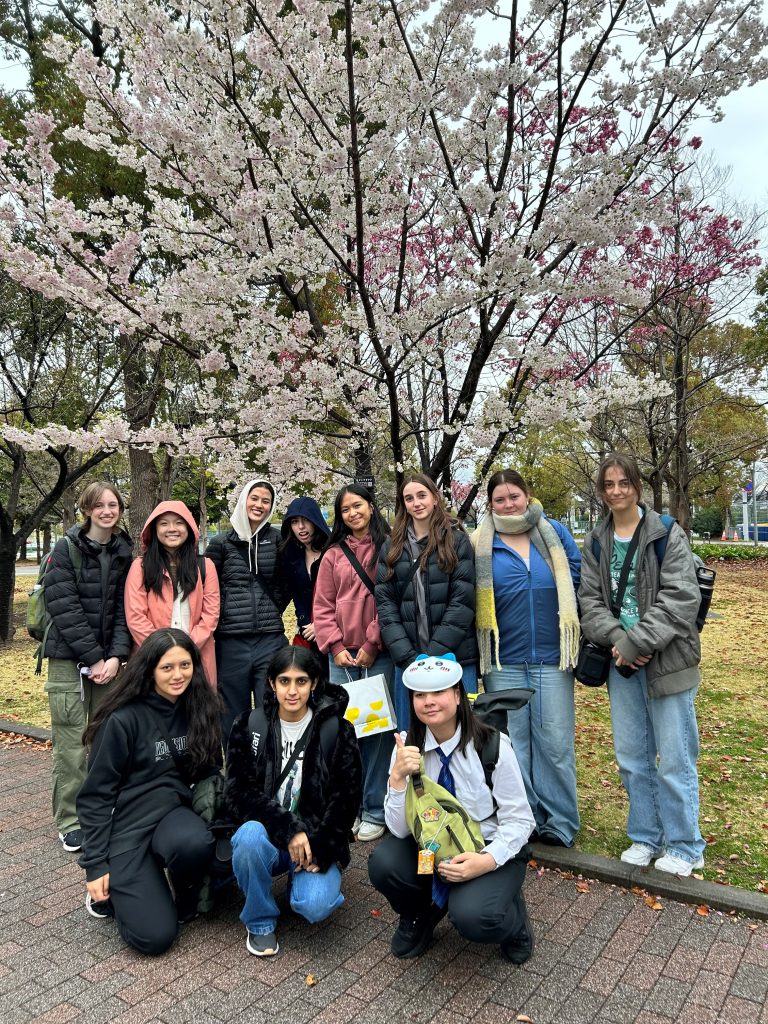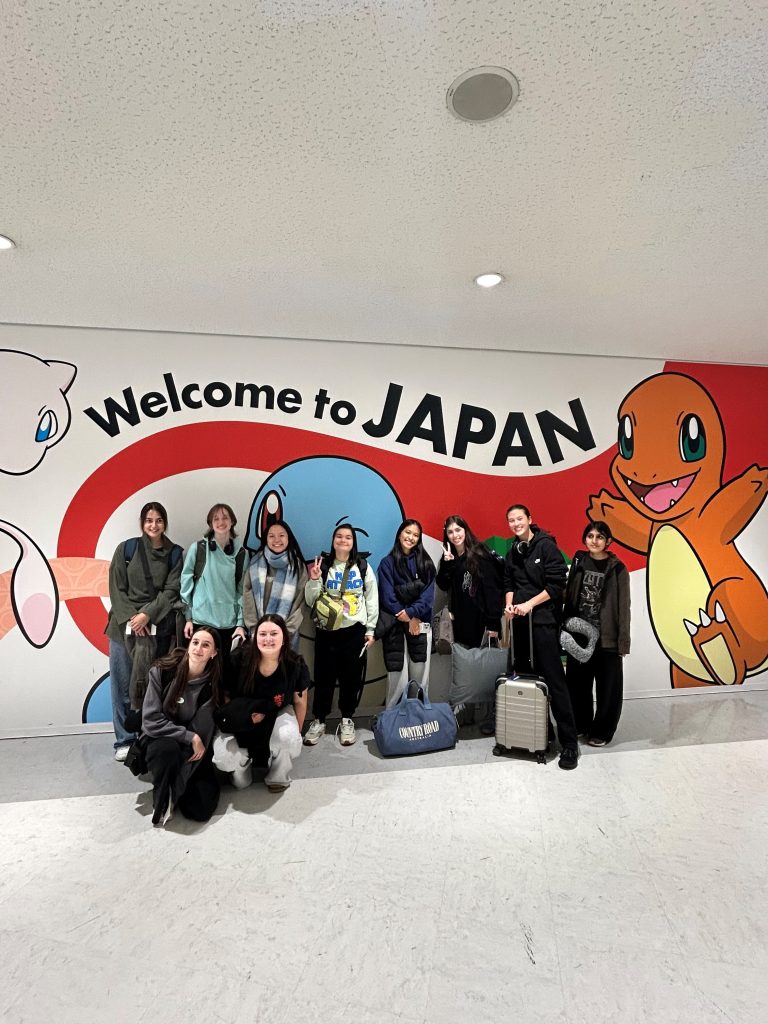Languages
New Staff Introduction
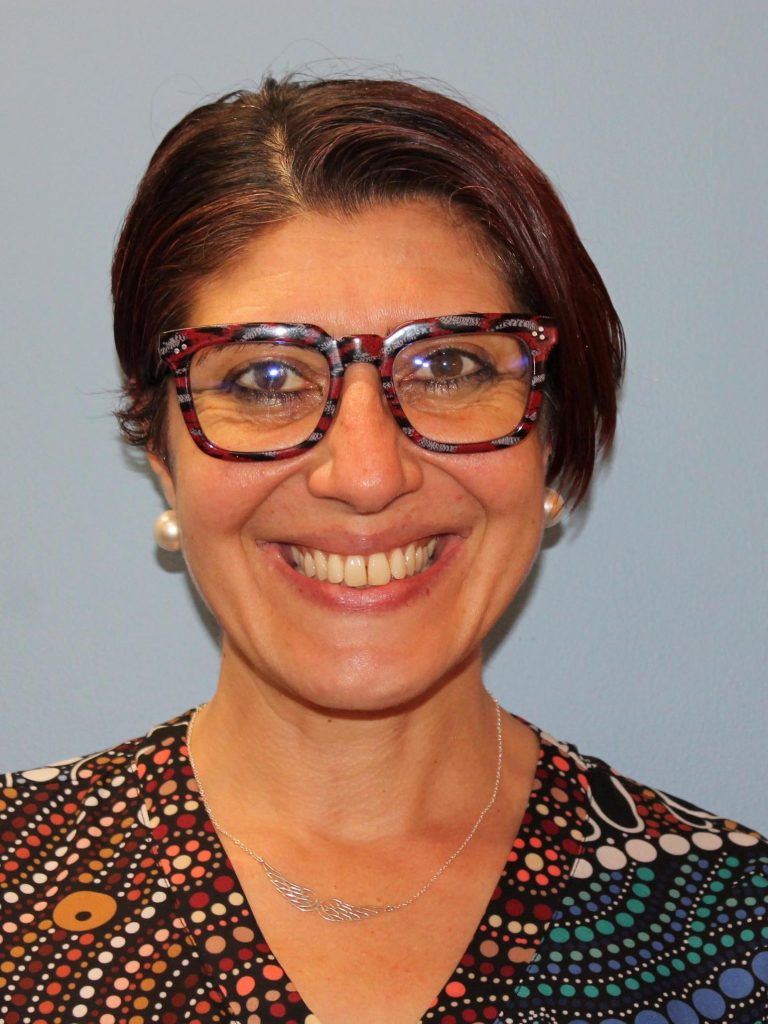
Bonjour! Salve! I am Lucia Barbera, a multilingual Sicilian who has called Australia home for the past decade. I am excited to join Kilbreda College as a teacher of French and Italian.
I hold a Master of Teaching in Languages, Humanities and EAL, a Bachelor in International Relations with honours, a Masters in Human Rights and Peace with honours, and a PhD in the History of Social Institutions and Cooperation for Development. My research has been published alongside other academic contributions, including articles for Segmento Magazine. Throughout my career, I have worked with renowned NGOs and public institutions advocating for children’s and women’s rights. I’ve supported unaccompanied minors and volunteered with refugees and the elderly through the Coasit Visitation Program.
In addition to my academic background, I am passionate about music, playing the clarinet and learning the tenor saxophone. I look forward to inspiring Kilbreda students to embrace the world through language, culture and social justice!
Lucia Barbera
Teacher
Japanese Study Tour
11 students from Years 10 to 12 who are learning the Japanese language, along with three teachers (Ms Vella, Ms Baddeley and I) went to Japan over the recent holiday break for a total of 12 days. The purpose of this Study Tour was to provide ongoing motivation to learn Japanese, and to give more meaning to the study of the Japanese language through seeing and interacting with the Japanese people in their native language environment. Additionally, the Tour promoted a deeper understanding of Japanese culture, history and society.
It was Spring in Japan so we could see blooming cherry blossoms everywhere we went. We explored Asakusa, Odaiba, Tokyo Disneyland, Meiji Shrine, Harajuku, Shibuya and Imperial Palace in Tokyo, Kamakura, Odawara Castle, Mt Omuro, Mr Komuro and Jogasaki Coast in Izu Peninsula, Oshino Hakkai, Lake Kawaguchi, Ukiyoe Museum, Traditional Craft Centre, Meiji Sweet Factory and Earthquake Disaster Prevention Centre in Shizuoka. We experienced modern Japanese culture and traditional culture, as well as Japanese food, language and nature through this Study Tour.
Feel free to check out our blog of the trip here. The password is kcJAPAN2025!
Hikeaki Sakurai
Teacher
Student Reflections
On Day 9 of the Japanese Study Tour we travelled to the Shizuoka City Tokaido Hiroshige Art Museum. At the Museum some of us took part in an ‘ukiyo-e’ printing workshop. In the workshop we were able to watch a demonstration of how to create a print. We were shown traditional Japanese paper, how to use an ink roller and the proper technique of using a barren (a flat disk covered in bamboo), used for smoothing out ink on paper. We were also taught how to layer different ink colours – black, yellow, red, blue and indigo to make the colours of the image blend together. This task was harder than anticipated for many of us. We all ended up with two unique prints each – one of Mount Fuji, surrounded by greenery and boats, and one of people in a small restaurant with a man working alongside it in the fields.
Samaira Saigal
Year 10


In the evening, our group travelled from Odawara on the train to Ito where we had the wonderful opportunity to wear kimonos, the cultural clothing of Japan. Once our group gathered at the station, we were met by lovely volunteers of the ‘People to People International’ group who took us to an old Japanese style inn, Tokaikan. When we arrived at Tokaikan, the women took us to a traditional Japanese style room where we were dressed in beautiful kimonos. We were also given small handbags to carry our most valuable belongings with us while we wore the kimonos. Once everyone had been dressed we went on a scenic walk outside, looking at the beautiful blooming cherry blossoms.
Darcy Cooper
Year 11
Tokyo was a cultural shock to our group, being a busy yet orderly part of Japan, especially during its peak hours. We got to experience the lively streets of Shibuya and the nightlife of Akihabara while also visiting quieter and more thoughtful sights like the Great Buddha statue at Kotoku-in, which gave great insight to the religious beliefs in Japan and the degree that religion is held to and cherished.
While exploring Tokyo, our group visited and ate at Sometaro, an okonomiyaki restaurant in Hase that let customers experience cooking their own okonomiyaki and dress it with their own toppings. Okonomiyaki is a savoury pancake dish, usually consisting of a batter and any toppings that the user desires. It was a fun, interactive lunch we could enjoy while chatting and getting to know each other some more.
The whole Study Tour was a beautiful experience and provided insight into the differences between Japanese and Australian cultures. I thoroughly enjoyed the tour, especially visiting all of the shrines and temples and finding out about Japanese history and how it has affected today’s modern country.
Lauren Vong
Year 11
Exploring History Through Augmented Reality: Our Visit to the Notre-Dame de Paris Exhibition at the Immigration Museum
At the end of Term 1, our senior French students embarked on an enriching excursion to the Immigration Museum in Melbourne to experience Notre-Dame de Paris: The Augmented Exhibition. This immersive showcase offered a unique opportunity to delve into the 850 year history of one of the world’s most iconic cathedrals.
Equipped with HistoPads (augmented reality tablets), students journeyed through pivotal moments in Notre-Dame’s past, from its 12th century foundations to significant events like Napoleon Bonaparte’s coronation in 1804. The exhibition also shed light on the devastating 2019 fire that destroyed the cathedral’s roof and spire, and the meticulous restoration efforts that followed.
After the interactive show, students completed engaging activities in French, reinforcing both their historical knowledge and language skills. The hands-on experience offered a powerful connection to French culture, highlighting the significance of Notre-Dame not only as a place of worship, but also as a witness to centuries of change and resilience.
This excursion was a blend of education, culture and language immersion, bringing the heart of Paris right into our students’ learning journey. We highly recommend this exhibition for anyone interested in history, architecture and the enduring legacy of Notre-Dame de Paris.
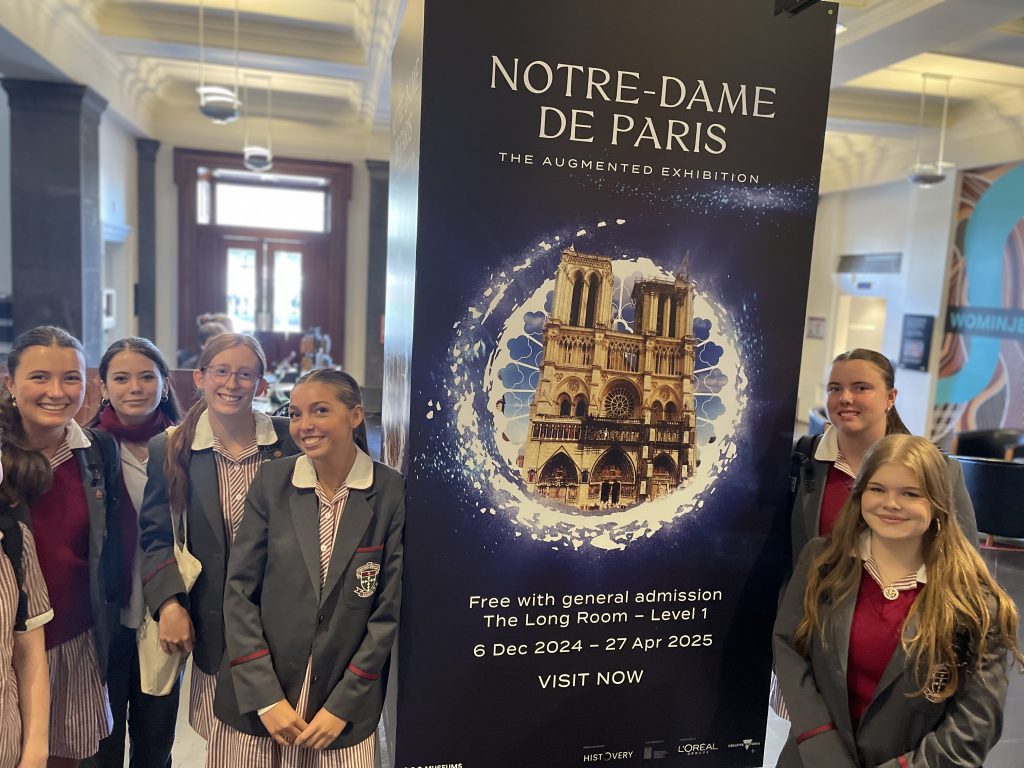
Student Reflection
Revolutionary architecture, political controversies, and from national tragedy to a remarkable resurrection. On 25 March, the French classes from Years 10 to 12 were lucky enough to be immersed in the legacy of Notre Dame, brought to life by The Augmented Exhibition at the Immigration Museum. With interactive touchscreens, we gained insight into one of the most culturally significant cathedrals of all time. We learned that Notre Dame’s origins date back to 1163, in attempts to replace the outdated Saint-Étienne; that the roof constructed from interlaced triangles of oak was called “la forêt” (the forest); as well as that, Notre Dame hosted one of the most divided marriages in French history, between Catholic Princess Margaret of Valois and Protestant prince, soon to be Henry IV, which sparked the barbaric massacre of St Bartholomew’s Day. Overall, what stood out to me was the tremendous efforts to preserve relics during the 2019 fire, such as the sacred Crown of Thorns, which have since been returned to the cathedral. The excursion was an enlightening experience that expanded my appreciation for such an iconic landmark.
Rhiannán Marie-Jeanne
Year 11
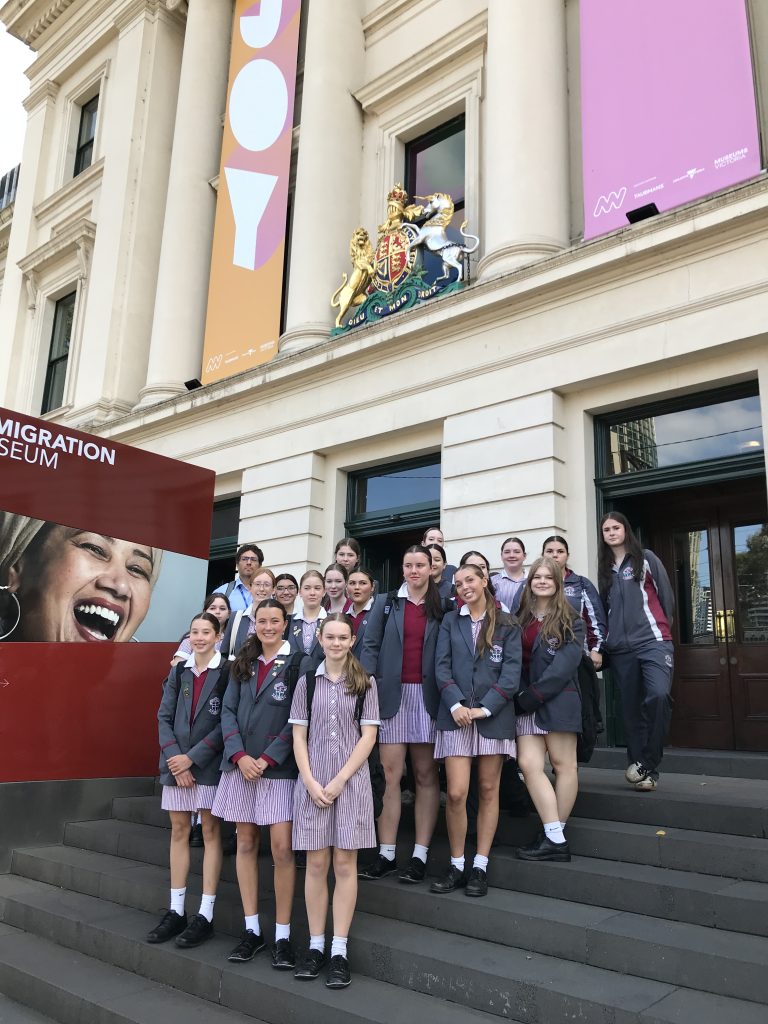
Giovanni Di Fabrizio
Learning Leader: Languages



